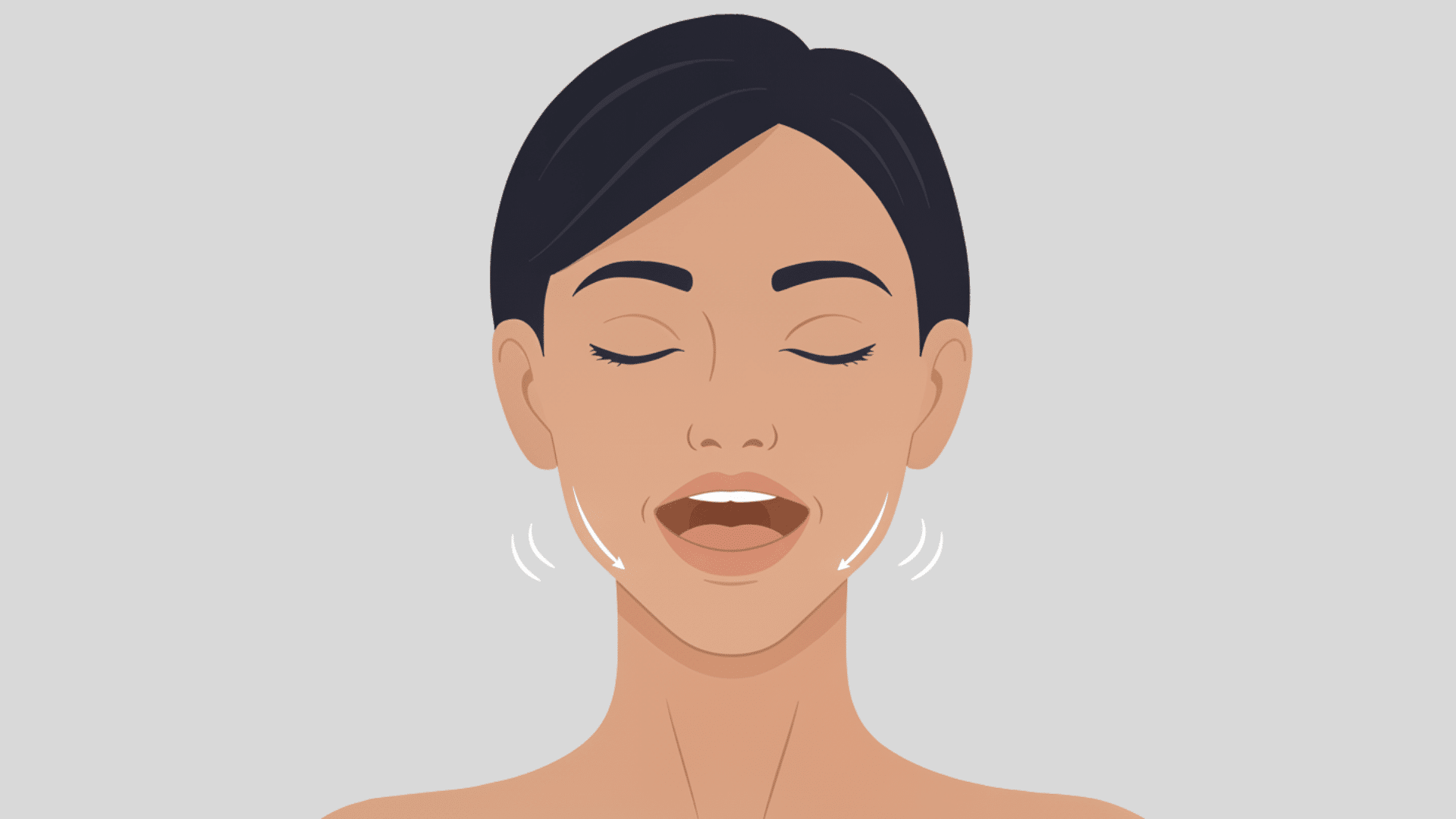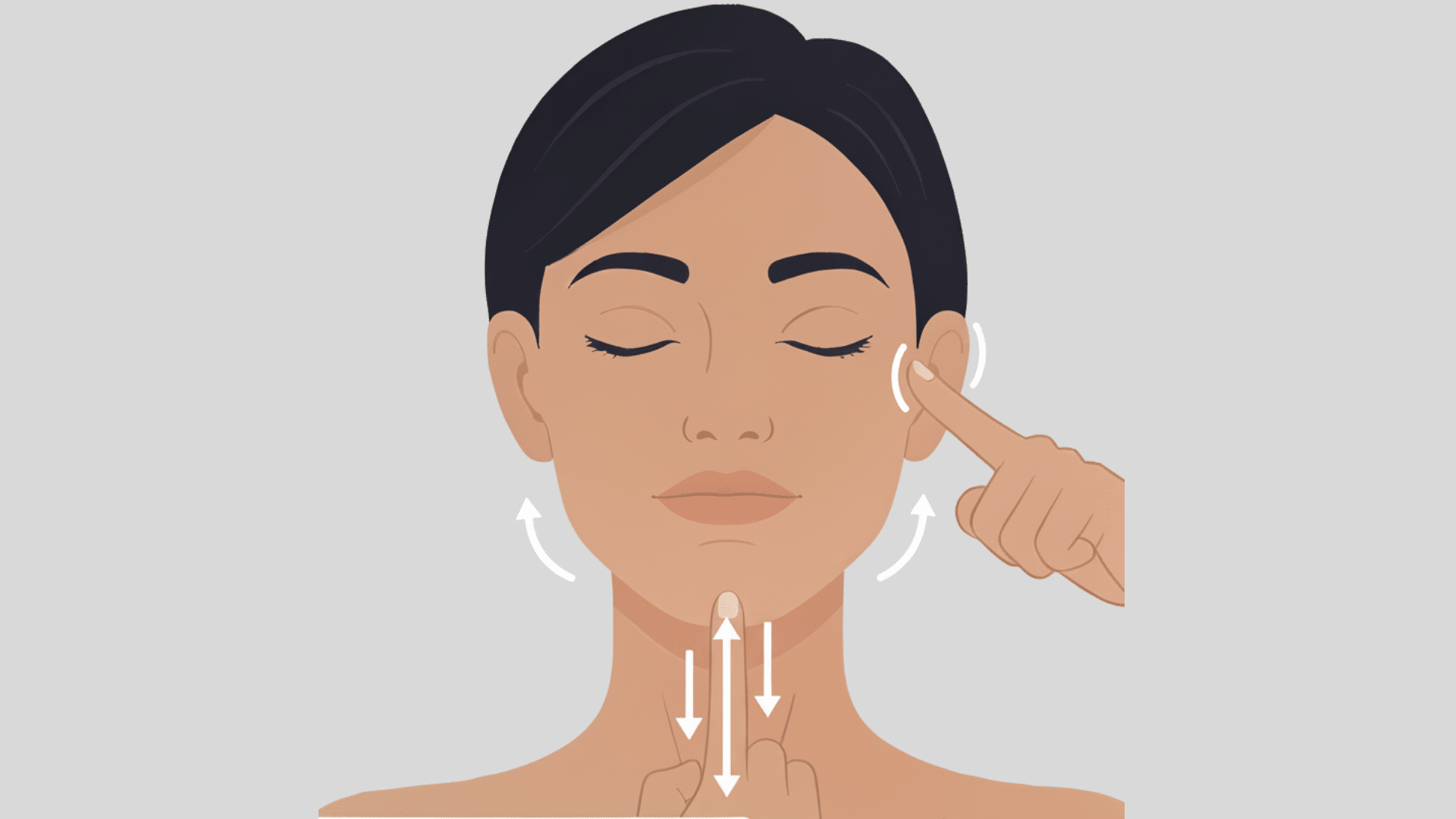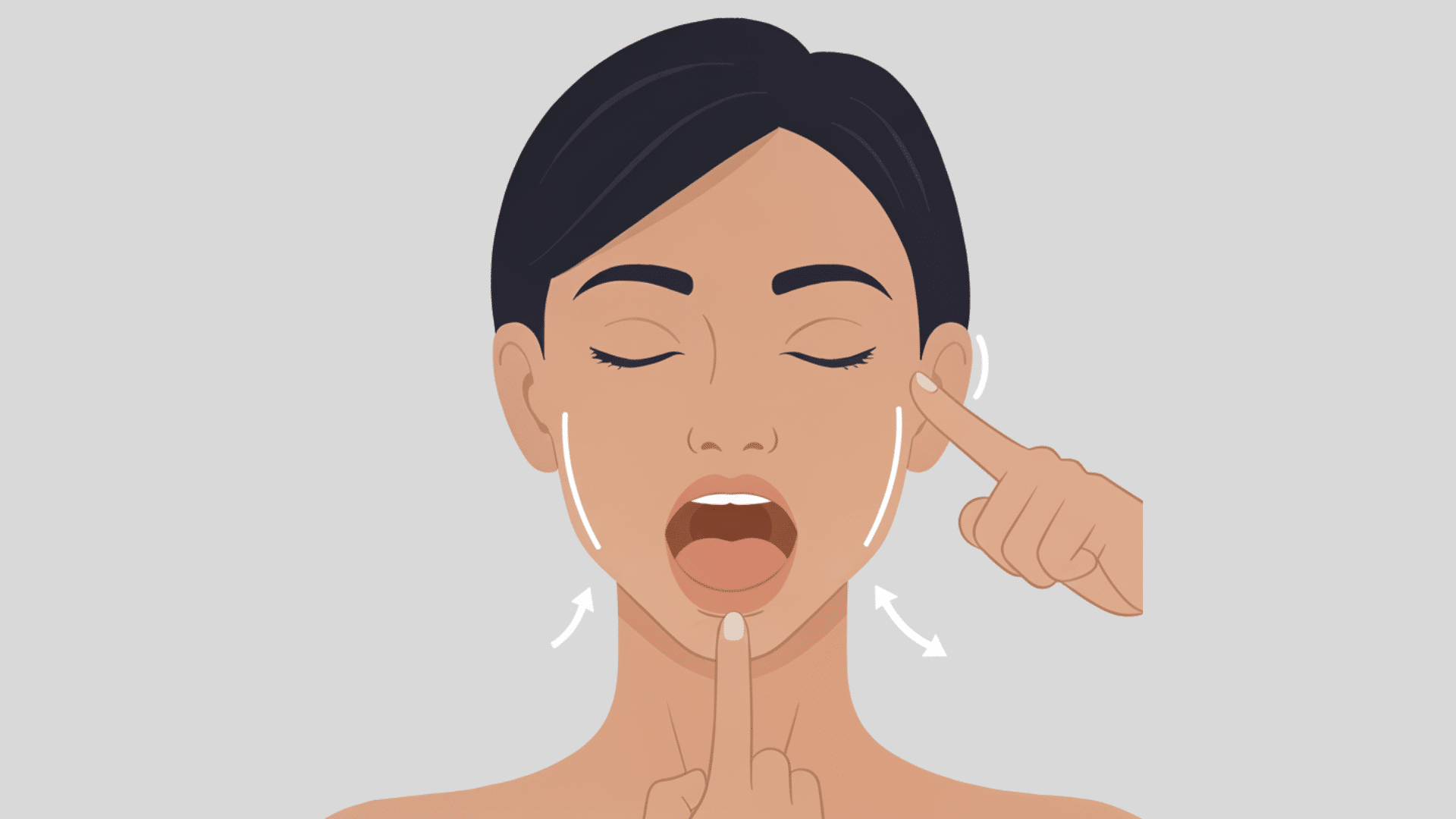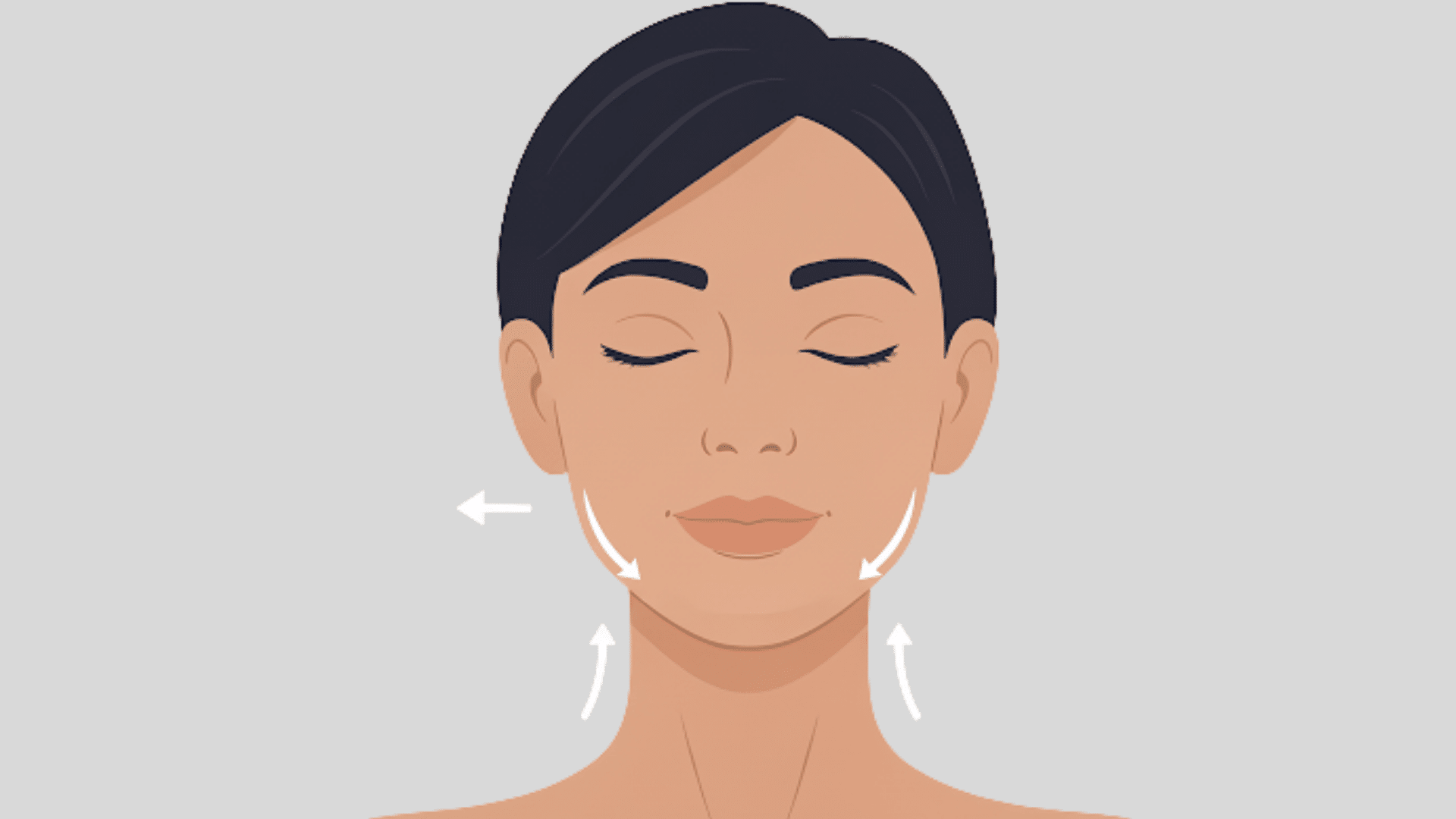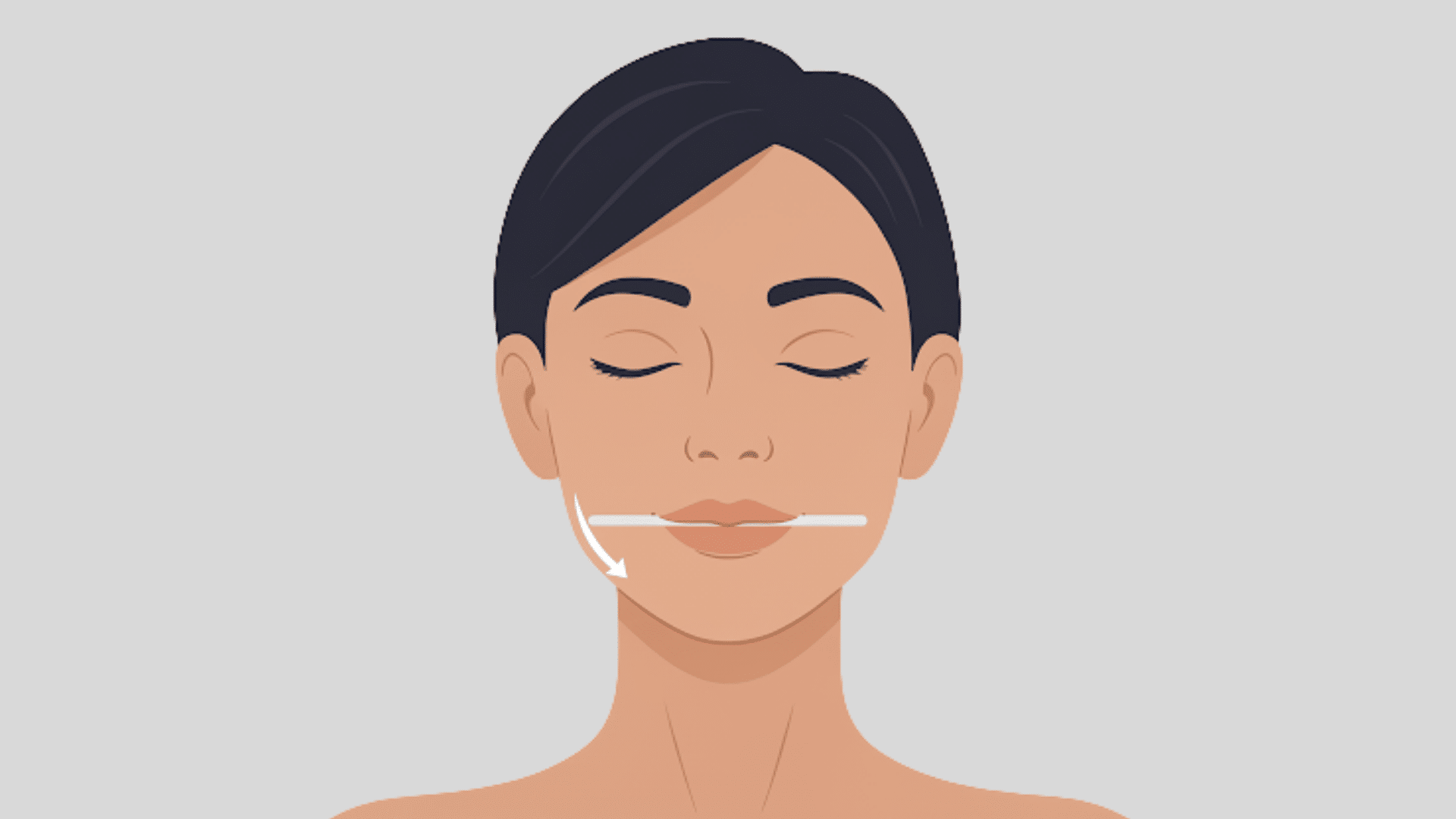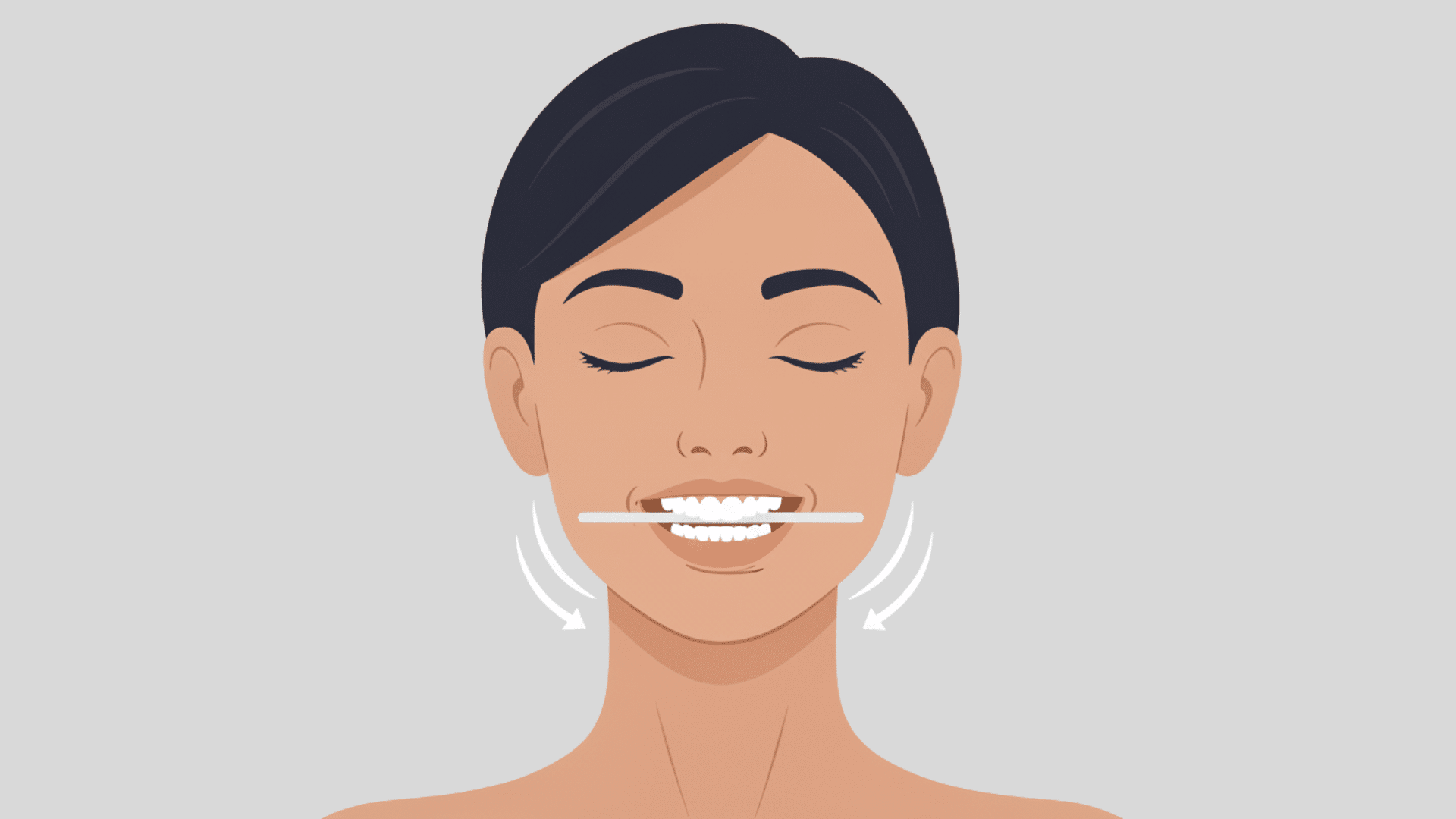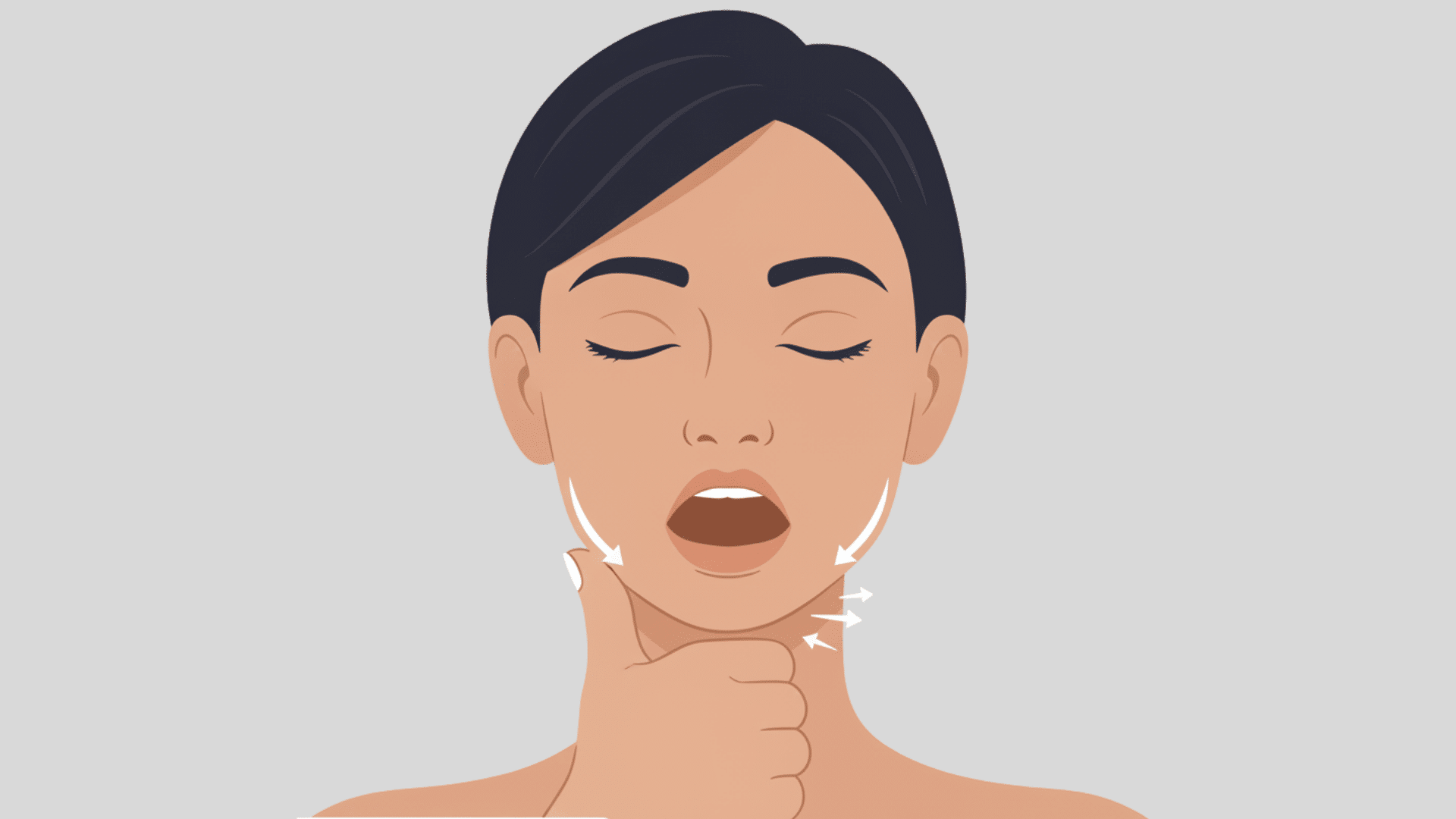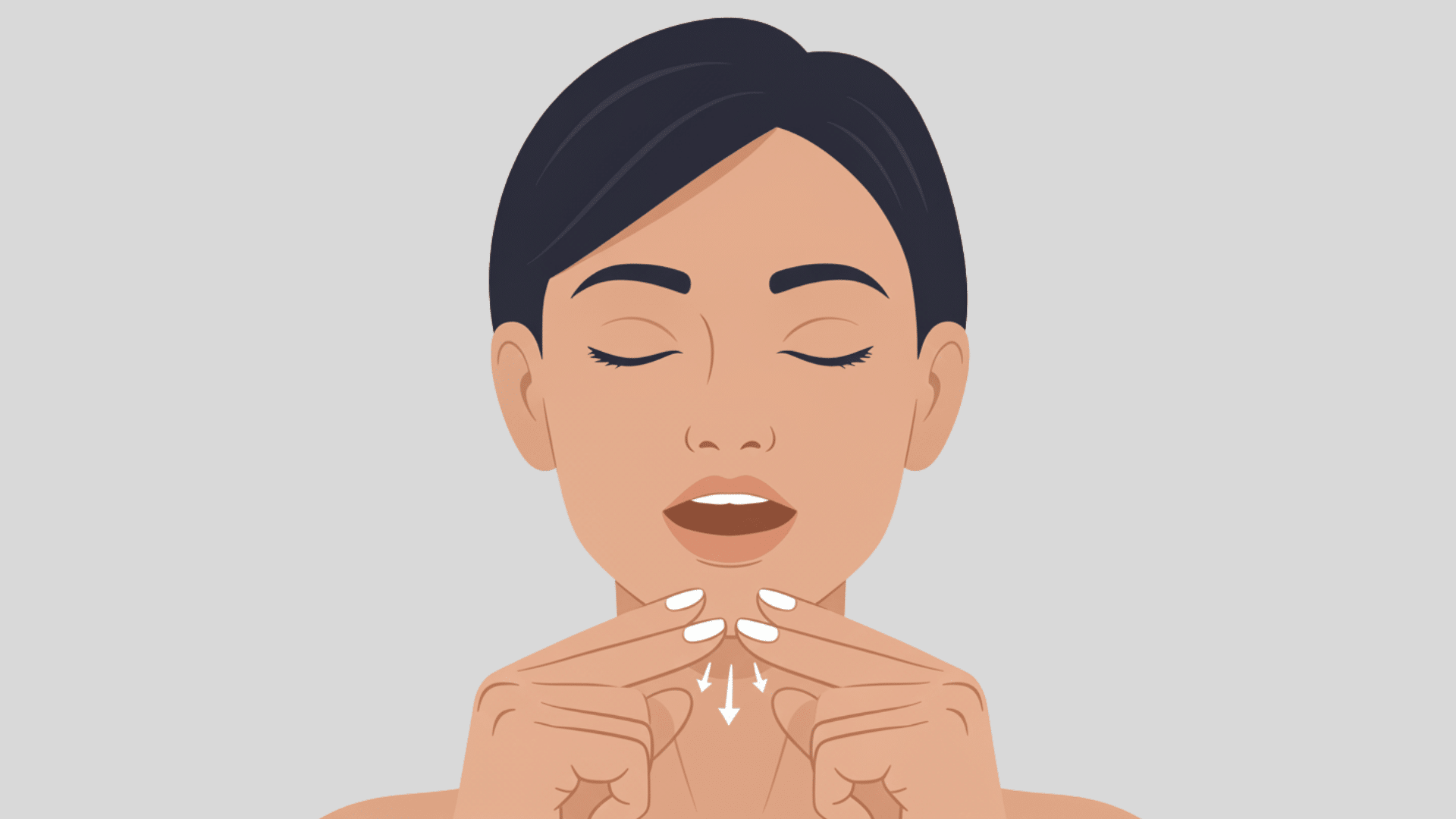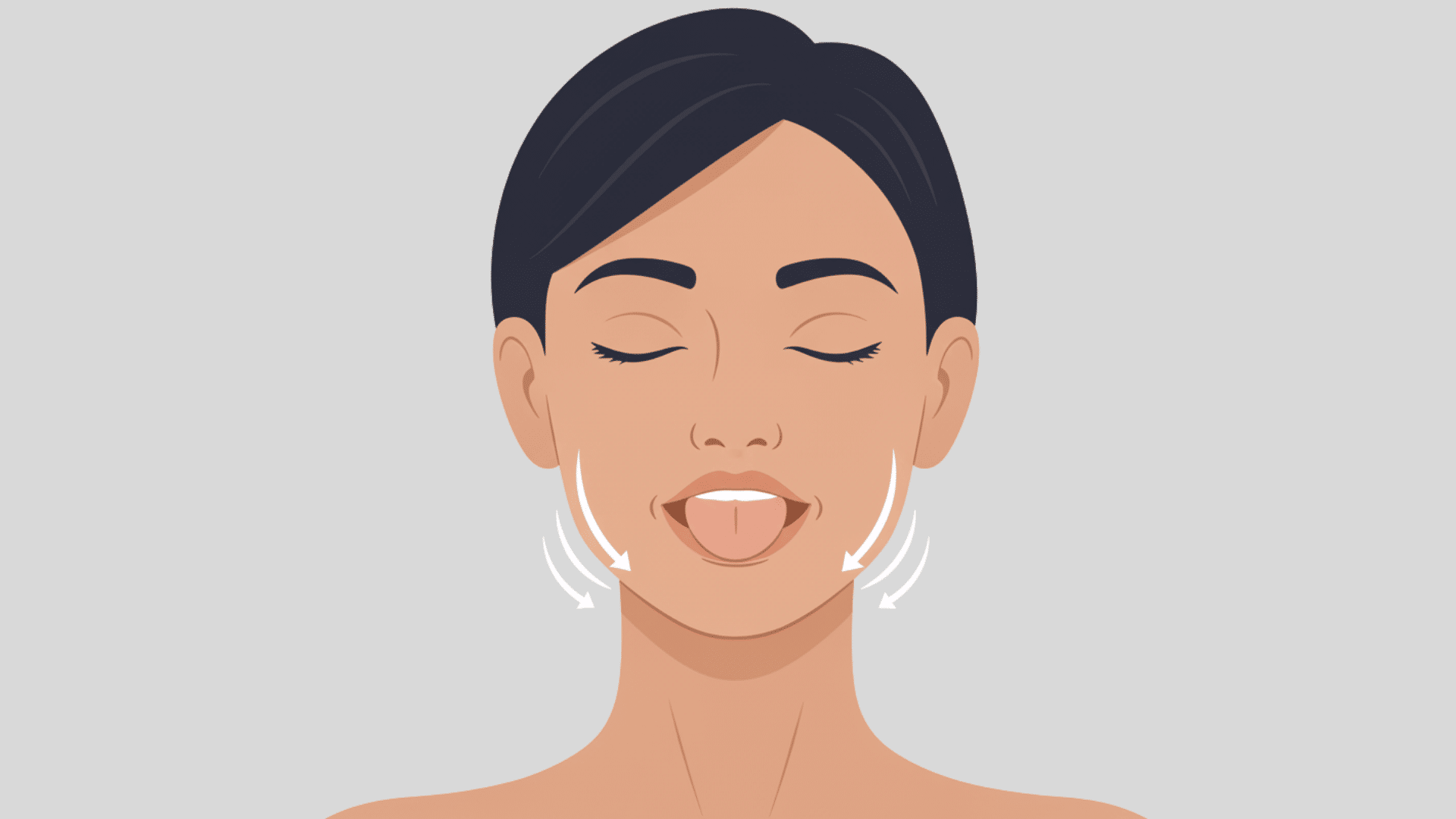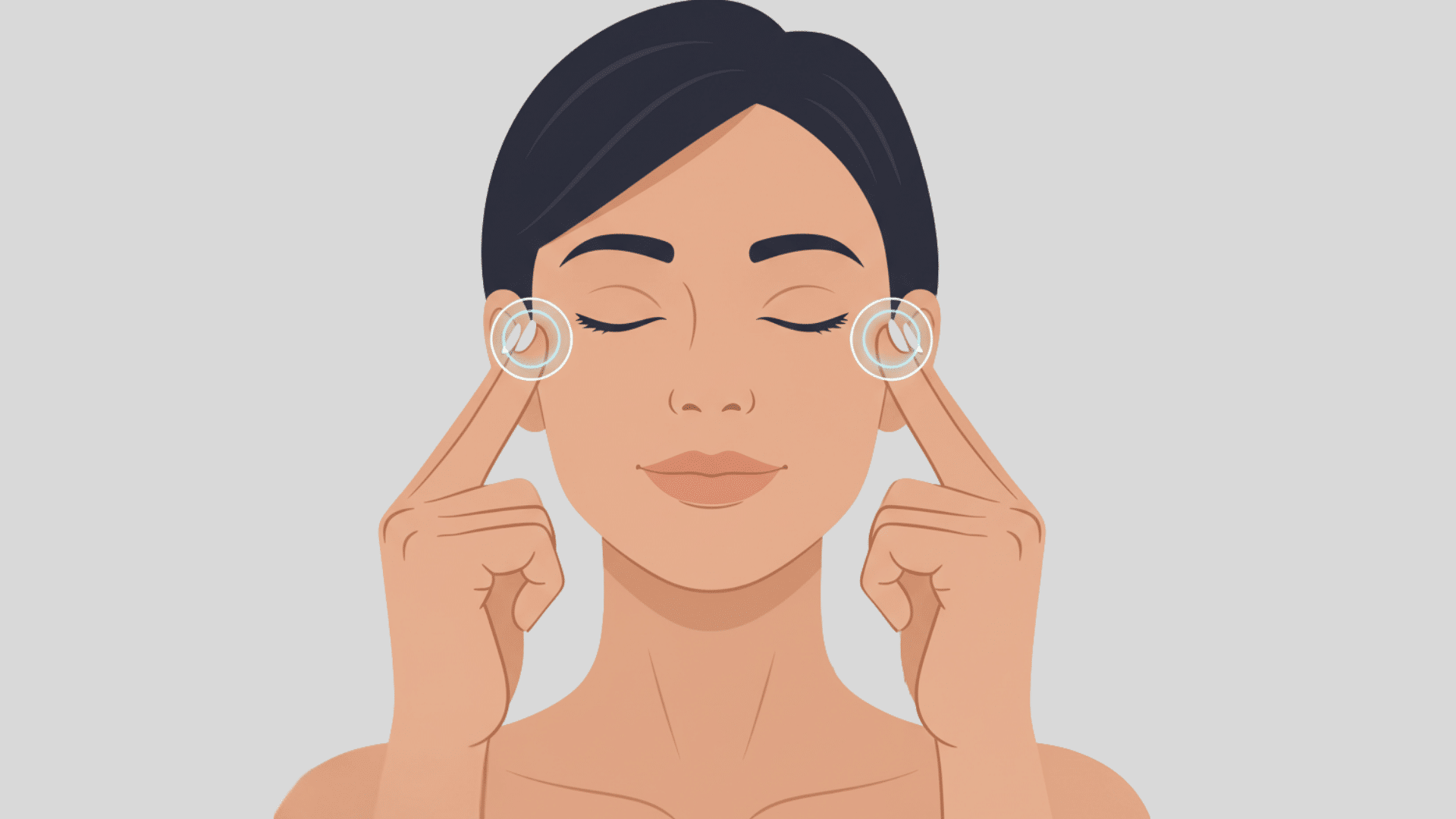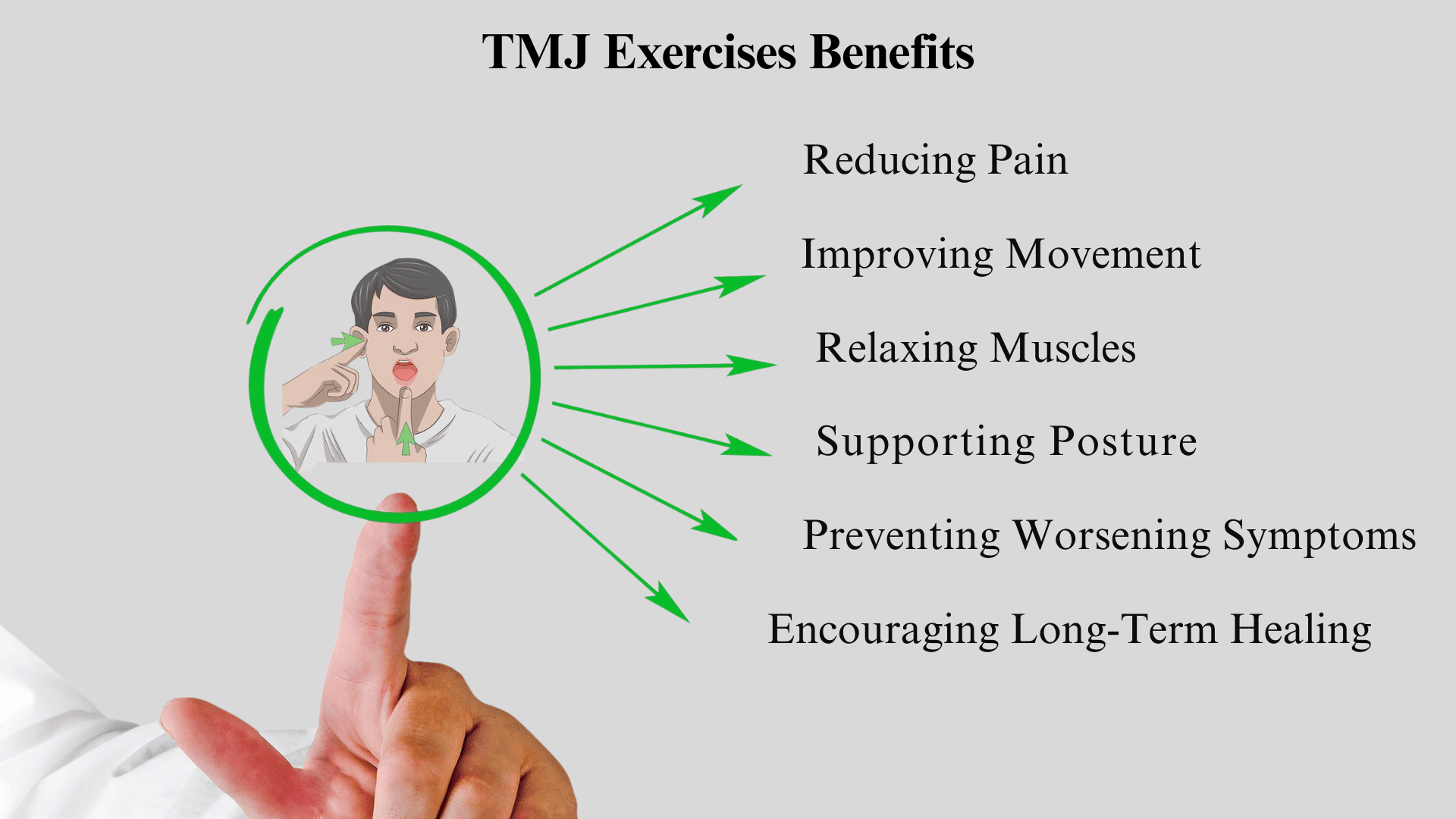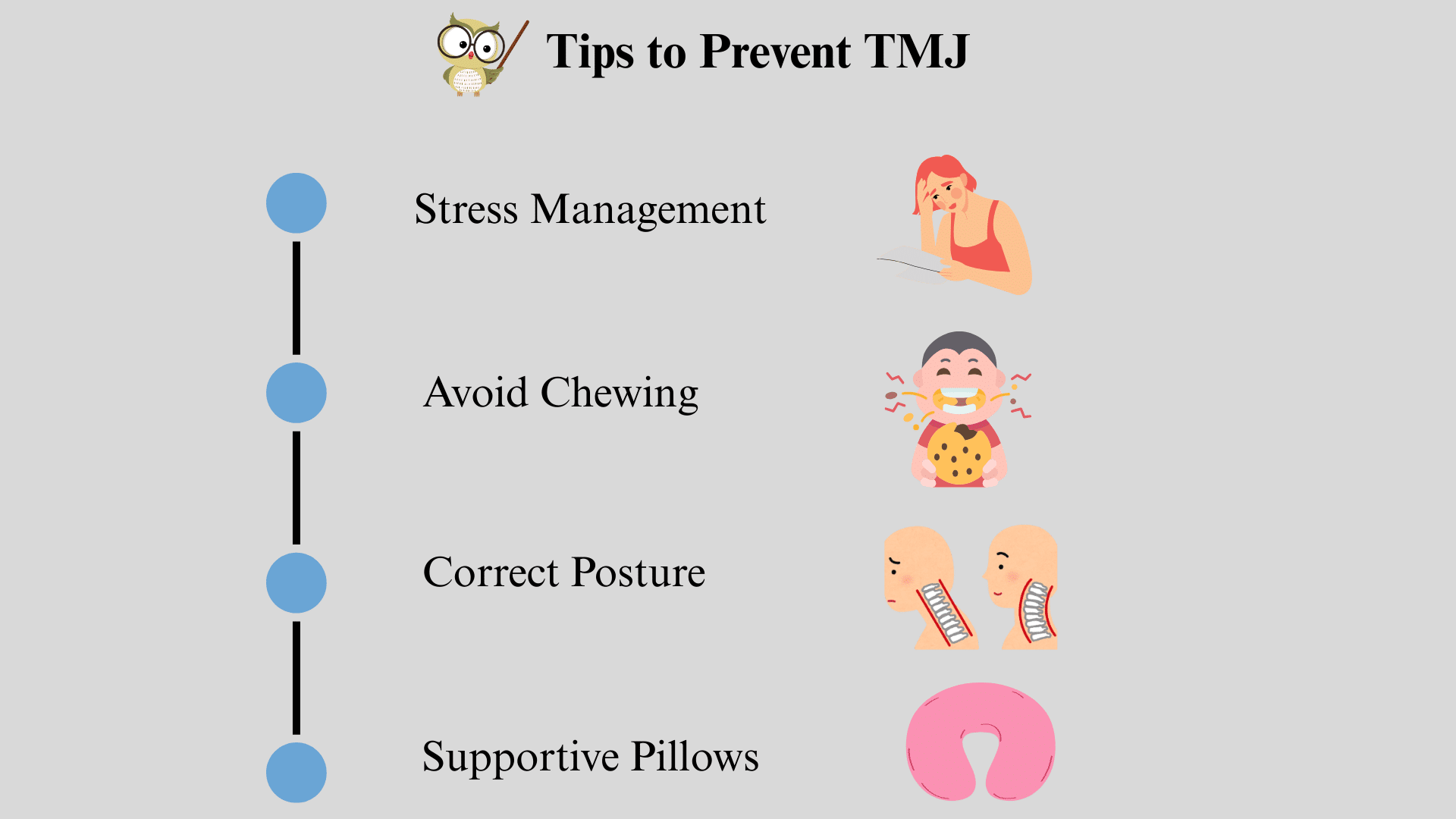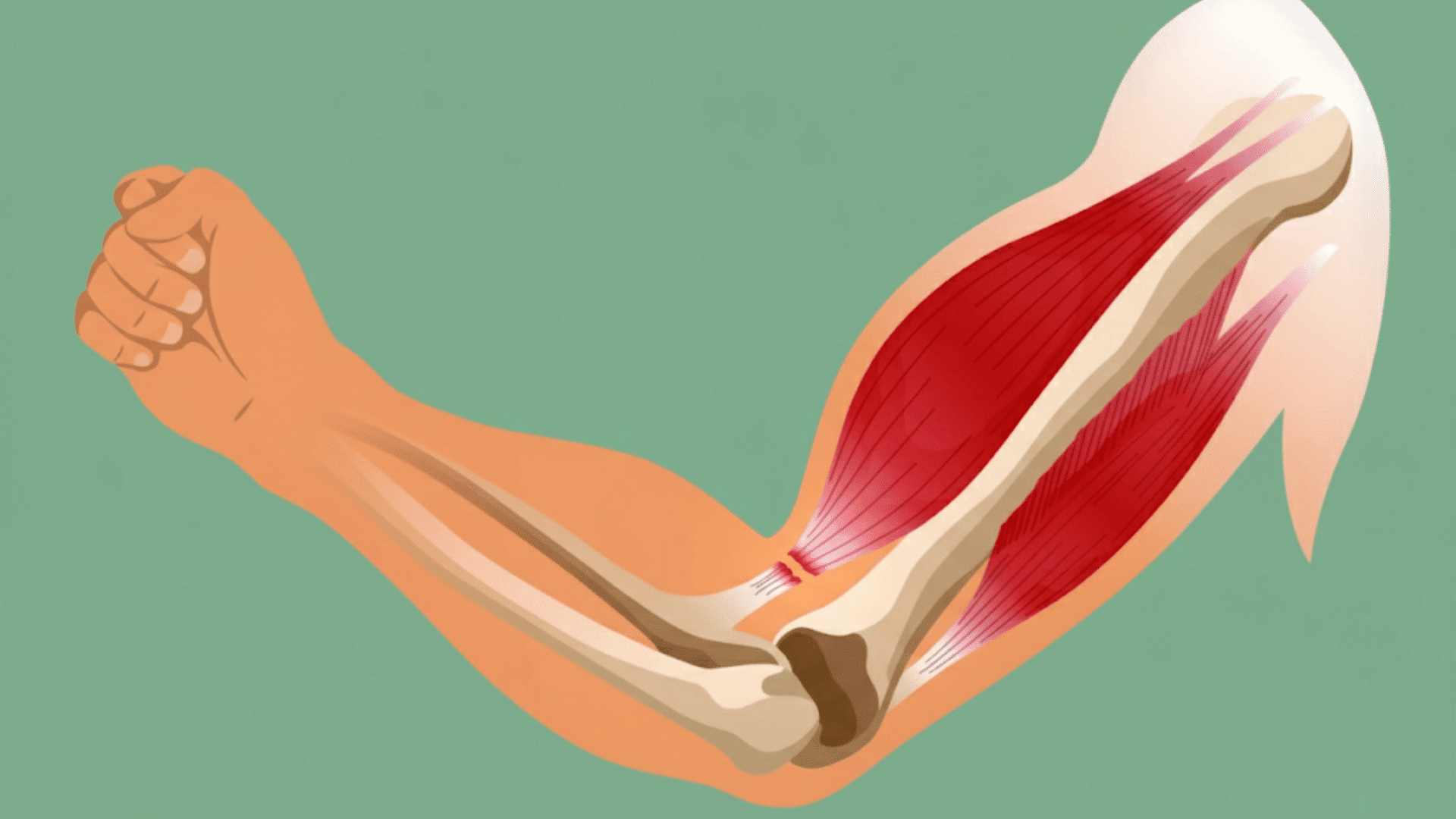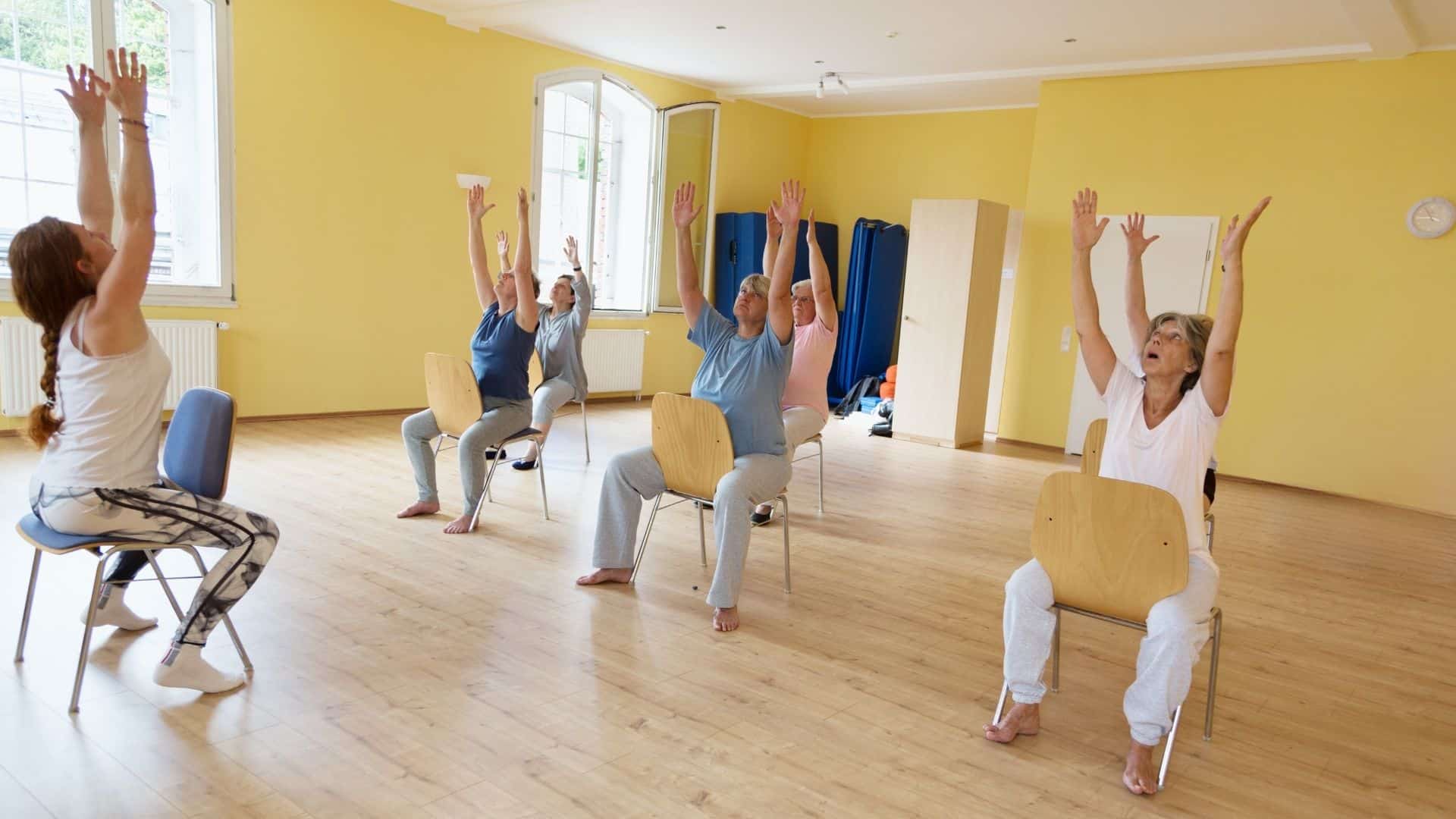That ache in your jaw, the persistent discomfort in your ears, it’s more than just a minor annoyance; it can truly impact your daily life.
If you’ve been looking for a way to find lasting relief from TMJ-related pain, you’ve come to the right place.
This guide provides a straightforward and natural approach to help you manage your symptoms. In this post, you’ll gain a clear understanding of what TMJ disorder is and its common causes.
Then, we will guide you through ten of the best exercises, providing clear, step-by-step instructions. We will also share simple lifestyle tips and explain when it’s best to seek professional guidance.
By the end, you’ll have the tools to begin your journey toward a more comfortable and pain-free life.
What Is TMJ Disorder?
Temporomandibular Joint (TMJ) disorder is a condition that affects the jaw joint and the muscles that control jaw movement.
The temporomandibular joint functions like a sliding hinge, connecting your jawbone to your skull on each side of your head. This joint is crucial for everyday actions like chewing, talking, and yawning.
When this joint or the surrounding muscles experience issues, it can lead to what is known as TMJ disorder.
The common symptoms include persistent earaches, headaches, a feeling of stiffness in the jaw, and a clicking sound when opening or closing your mouth.
Causes of TMJ Pain
Understanding the common causes of TMJ pain helps identify the most effective methods for relief and prevention.
- Stress and teeth grinding (bruxism) often lead to muscle tension and jaw pain.
- Poor posture, such as “tech neck,” puts strain on neck and facial muscles connected to the jaw.
- Jaw misalignment or arthritis can cause the joint to malfunction.
- Overusing the jaw by chewing hard foods or gum can strain the joint and its muscles.
- Trauma or injury, like a direct hit to the jaw, can damage the joint and cause pain.
10 Best TMJ Ear Pain Relief Exercises
Try these 10 best TMJ exercises to alleviate ear pain, relax your jaw, and naturally improve mobility.
1. Jaw Relaxation Exercise
This exercise helps release tension in your jaw muscles. It’s a simple way to relax the area and ease any discomfort you might be feeling.
How to do it:
- Gently place your tongue on the roof of your mouth.
- Let your jaw drop slightly so your teeth are not touching.
- This motion helps release tension in the surrounding muscles.
2. Goldfish Exercise (Partial Opening)
This exercise is designed to improve jaw coordination and enhance smooth jaw movement. It’s a gentle way to get the joint accustomed to controlled movement.
How to do it:
- Place one finger on your chin and another in front of your ear where your jaw joint is.
- Drop your jaw halfway down.
- Close your mouth and repeat the motion.
3. Goldfish Exercise (Full Opening)
This version of the goldfish exercise helps strengthen the jaw muscles. It’s similar to the partial opening, but you use a wider range of motion to build strength.
How to do it:
- Use the same finger placement as the partial opening.
- This time, drop your jaw as far as it can comfortably go.
- Slowly close your mouth and repeat.
4. Chin Tucks
Chin tucks are a great way to improve your posture, which in turn can help reduce strain on your jaw and neck. This simple move can make a big difference in how your neck and jaw feel.
How to do it:
- Gently pull your chin back, as if you’re trying to create a double chin.
- Keep your shoulders relaxed and down.
- Hold this position for five seconds before releasing.
5. Side-to-Side Jaw Movement
This movement helps improve the flexibility and control of your jaw. It’s a good way to work the muscles from a different angle.
How to do it:
- Place a thin object, such as a tongue depressor, between your front teeth.
- Gently move your jaw from side to side.
- Keep the object in place as you move.
6. Forward Jaw Movement
This exercise helps strengthen the muscles that move your jaw forward. It’s a controlled motion that builds strength and control around the TMJ.
How to do it:
- Place a thin object between your teeth.
- Push your lower jaw forward until your bottom teeth go past your top teeth.
- Return your jaw to the starting position.
7. Resistive Jaw Opening
This exercise is designed to strengthen the jaw. You’ll apply gentle resistance to make the muscles work a little harder.
How to do it:
- Place your thumb under your chin.
- Slowly open your mouth while applying a small amount of resistance with your thumb.
- Open your mouth fully and then release.
8. Resistive Jaw Closing
This activity works to improve jaw stability. You’ll use your fingers to provide light resistance as you close your mouth.
How to do it:
- Place your fingers on your chin.
- Try to close your mouth against the gentle resistance of your fingers.
- Close your mouth completely, then release.
9. Tongue-Up Stretch
This stretch helps maintain smooth and controlled joint movement. It focuses on the tongue’s position to guide the jaw’s motion.
How to do it:
- Place your tongue firmly on the roof of your mouth.
- Slowly open and close your mouth.
- Keep your tongue in place during the entire movement.
10. Jaw Massage Around Ears
This massage technique can help ease pressure around the ear and relax tight muscles. It’s a great way to relieve discomfort and soothe the area.
How to do it:
- Use your fingers to gently massage the area around your jaw joint and temples.
- Make small circular motions.
- Continue for a few minutes to help relieve any pressure.
Benefits of TMJ Exercises
Before you begin, it’s essential to understand how TMJ exercises can significantly alleviate discomfort and promote jaw health.
1. Reducing Pain – TMJ exercises can help lessen discomfort in your jaw and ears. By gently moving the joint, these activities work to calm overworked muscles and ease pressure that can contribute to headaches and earaches. They offer a simple way to manage pain without needing medication.
2. Improving Movement – These exercises can increase the range of motion and flexibility of your jaw joint. Regular, controlled movements help the joint and surrounding ligaments become more supple, making actions like chewing and talking feel easier and more fluid.
3. Relaxing Muscles – Specific movements are designed to relieve tightness in the muscles around your jaw, neck, and face. This relaxation is key because muscle tension is a primary cause of TMJ discomfort. Regularly relaxing these muscles can reduce strain and stiffness.
4. Supporting Posture – Certain exercises, like chin tucks, help improve your overall posture. By straightening the head and neck, they reduce the stress placed on your jaw joint. Good posture can prevent further strain and support the joint in a better position.
4. Preventing Worsening Symptoms – Consistent practice of TMJ exercises can help prevent your symptoms from worsening over time. By maintaining the strength and flexibility of the jaw, you help keep the condition under control and avoid more serious issues down the line.
6. Encouraging Long-Term Healing-The exercises promote a natural approach to recovery. Instead of relying on invasive treatments, these simple activities help your body heal itself over time. They are a safe and consistent way to support your long-term jaw health.
Precautions Before Doing TMJ Exercises
Follow these precautions to keep TMJ exercises safe and effective.
| Precaution | Details |
|---|---|
| Consult a Dentist/Doctor | If you have severe pain, jaw locking, or dizziness. |
| Avoid Over-Stretching | Stop if you feel sharp pain or discomfort. |
| Breathing & Posture | Sit upright, relax your shoulders, and breathe slowly. |
Lifestyle Tips to Prevent TMJ Ear Pain
Simple lifestyle changes can reduce strain on your jaw and lower the risk of TMJ ear pain.
- Stress Management: Practicing techniques such as breathing, meditation, or yoga can help reduce overall body tension and alleviate jaw clenching.
- Avoid Chewing: Steer clear of chewing gum and hard or sticky foods to prevent overuse and strain on the jaw muscles.
- Correct Posture: Maintain proper posture while sitting at a desk to avoid putting extra pressure on your neck and jaw.
- Supportive Pillows: Use a pillow that supports your neck and head to keep your jaw in a relaxed position while sleeping.
When to Seek Professional Help?
While home exercises are a great way to manage TMJ symptoms, it’s important to know when to seek professional help.
You should consider consulting a dentist or doctor if your pain persists even after regularly doing the exercises.
Additionally, if you notice severe jaw locking or clicking, or if symptoms such as ear ringing or dizziness worsen, it’s a good idea to seek a professional opinion.
They can provide a proper diagnosis and recommend the right course of action for your specific situation.
Final Call
Remember, consistency is key when it comes to managing TMJ discomfort. These simple movements provide a safe and natural approach to help alleviate jaw and ear pain.
By regularly incorporating them into your routine, you are taking a simple yet effective step toward improving your jaw health.
For lasting relief, remember to also practice healthy lifestyle habits, like managing stress through breathing or meditation, and maintaining good posture at your desk.
If your pain persists or if you experience severe jaw locking, don’t hesitate to seek professional help from a doctor or dentist.
Your health is important, and they can offer a proper diagnosis and care plan. Start today by trying these exercises and take control of your jaw health for the long term.


